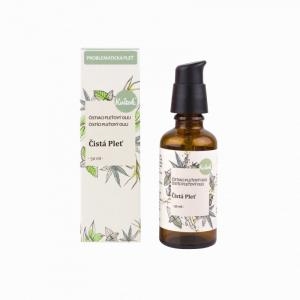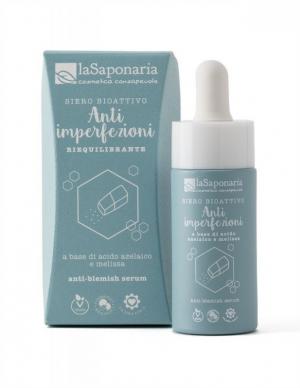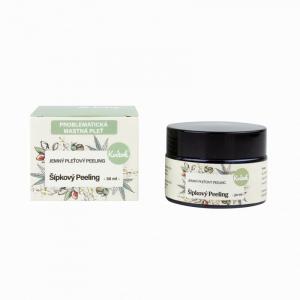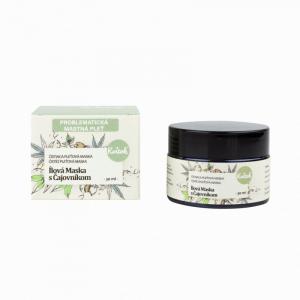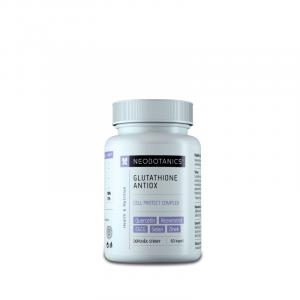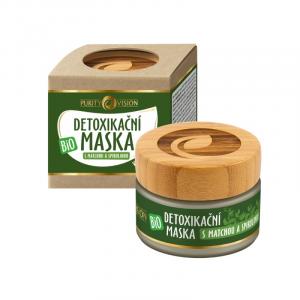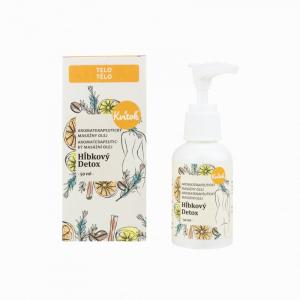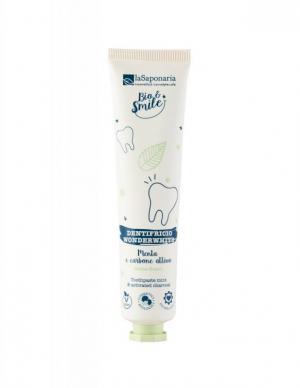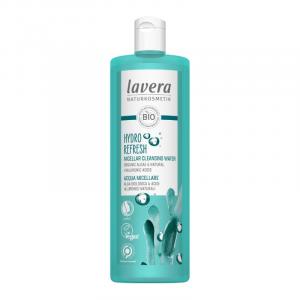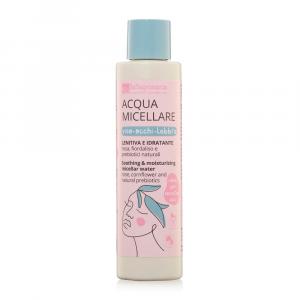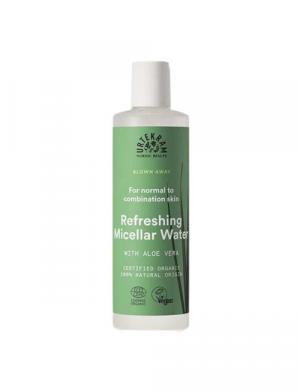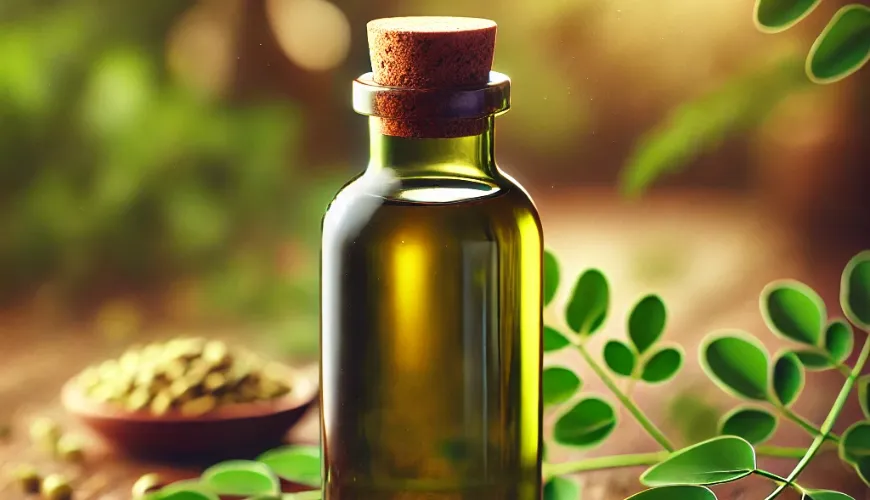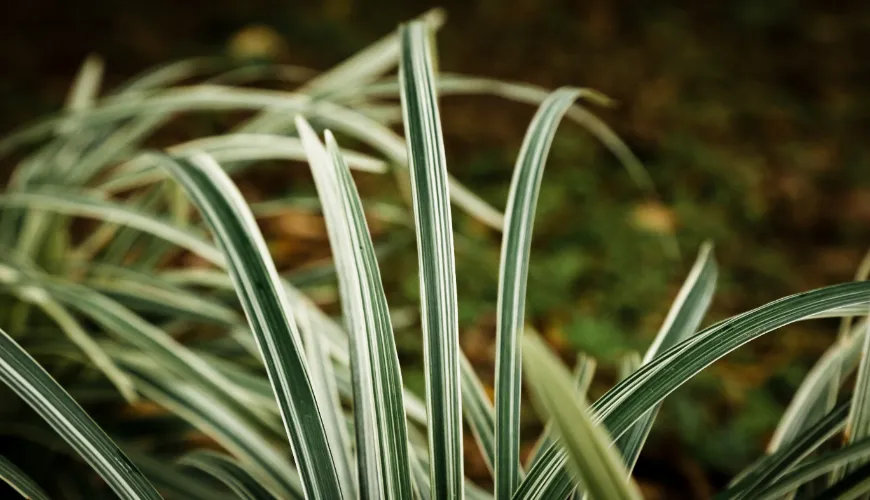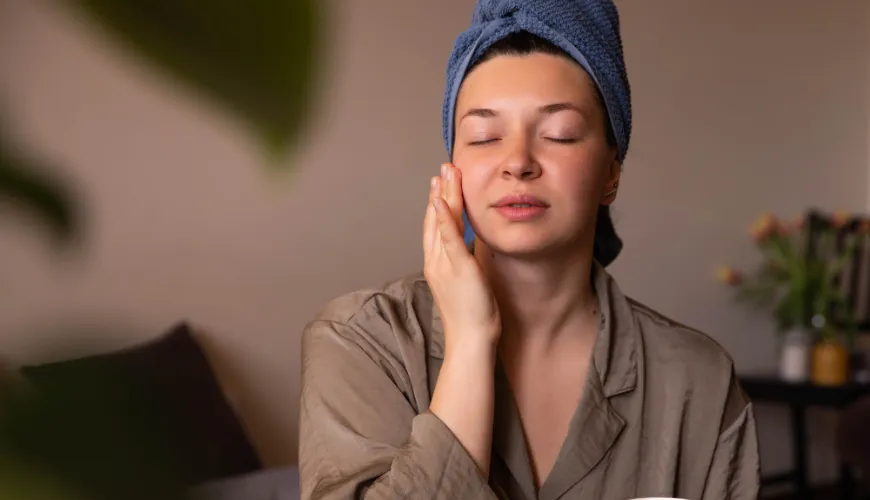
How to Get Rid of Painful Subcutaneous Lumps from Acne

Subcutaneous acne lumps are a real nightmare for many of us. These painful and unpleasant formations under the skin can significantly affect our self-esteem and mental well-being. What exactly causes subcutaneous acne lumps? What are the options for their treatment and prevention? In this article, we will look at all these aspects and try to find answers to your questions.
These subcutaneous acne lumps are deep, inflamed, and often painful pimples that form beneath the skin's surface. Unlike common acne, which appears as red pimples or whiteheads, subcutaneous acne lumps are not visible on the skin's surface. These lumps can appear anywhere on the body, but most commonly on the face, neck, back, and chest.
Why Do They Occur?
The causes of subcutaneous acne can be varied and often consist of a combination of several factors. Hormonal changes play a key role in the development of acne. During puberty, menstruation, pregnancy, or while using hormonal contraception, changes in hormone levels occur, which can lead to excessive production of skin sebum. This then clogs pores and creates an ideal environment for bacteria to grow.
Try our natural products
Another factor is genetics. If you have family members who suffer or have suffered from acne, it is likely that you will also have a predisposition to this skin problem. Stress also plays a significant role. Increased levels of cortisol, a hormone associated with stress, can stimulate sebaceous glands to overproduce sebum. The result is an increased risk of acne.
Diet can also affect the condition of your skin. Although there is no direct evidence that certain foods directly cause acne, some studies suggest that a diet rich in sugars and dairy products can worsen acne. Improper skin care is another significant factor. Using inappropriate cosmetic products or insufficient skin cleansing can lead to clogged pores and subsequent acne development.
To avoid subcutaneous acne, it is important to monitor hormonal changes, genetic predispositions, manage stress, maintain a proper diet, and take care of the skin with suitable products.
How to Deal with Them?
Subcutaneous acne lumps can be difficult to treat because they are deep under the skin. To deal with them, it is important to follow several principles. The first step is to avoid trying to squeeze them out. Attempting to squeeze subcutaneous acne can lead to infection and worsen the condition. Instead, it is better to focus on treatments that help reduce inflammation.
One effective way is to use warm compresses. Applying warm compresses to the affected area can help open pores and reduce pain and inflammation. Another option is topical treatment. There are various topical products that can help treat subcutaneous acne. Products containing benzoyl peroxide, salicylic acid, or retinoids can be very effective.
Try our natural products
If you suffer from severe or persistent subcutaneous acne, it may be advisable to consult a dermatologist. A professional can recommend stronger medications or procedures, such as corticosteroid injections or chemical peels. These methods can be particularly useful for reducing inflammation and speeding up healing.
It is important to approach the treatment of subcutaneous acne with patience and perseverance. Proper care and appropriate treatment methods can significantly contribute to improving your skin condition and minimizing the occurrence of painful subcutaneous lumps.
Try our natural products
Prevention of Subcutaneous Acne
Prevention is always better than cure. How can we prevent the formation of subcutaneous acne lumps? The basis is regular skin care. Daily skin cleansing in the morning and evening is essential. Use gentle cleansing agents that do not clog pores and are suitable for your skin type. Hydration is another key factor for healthy skin. Use non-comedogenic moisturizers that do not clog pores and keep the skin hydrated.
A healthy diet also plays a significant role. A balanced diet rich in vitamins and minerals can support the health of your skin. Limit the consumption of sugars and dairy products if you suspect they worsen your acne. Proper nutrition helps keep the skin clean and healthy.
Stress management is another important aspect of prevention. Learn to manage stress through relaxation techniques, such as yoga, meditation, or exercise. Stress can worsen the condition of the skin, so it is important to find ways to deal with it effectively.
Finally, avoid touching your face with dirty hands. Touching the face can introduce bacteria into the pores and cause acne. Try to minimize hand-to-face contact and regularly wash your hands.
Try our natural products
By following these simple steps, you can significantly reduce the risk of forming subcutaneous acne lumps and maintain your skin healthy and clean.
Despite all efforts, subcutaneous acne can sometimes be so severe that you cannot manage it on your own. When is it appropriate to seek professional help? If you have persistent or very painful lumps that do not heal, it is advisable to visit a dermatologist. If acne significantly affects you mentally and lowers your quality of life, do not hesitate to seek professional help. If the lumps start to become infected, which manifests as redness and pus, a consultation with a doctor is necessary.
Myths and Facts About Subcutaneous Acne
There are many myths about acne that can lead to misunderstandings and improper treatment. Let's look at some of them. The first myth is that dirty skin causes acne. The truth is that acne is primarily caused by hormonal and genetic factors. Excessive skin cleansing can actually worsen the condition. Another myth is that tanning cures acne. While the sun can temporarily improve the appearance of the skin, long-term exposure to UV radiation can worsen acne and lead to skin damage. Finally, the myth that diet does not affect acne. Some people find that certain foods can worsen their condition.
Subcutaneous acne lumps can be frustrating and painful, but with proper care and treatment, it is possible to manage them. It is important to understand what causes them and to avoid common skincare mistakes. Regular and proper care, a healthy lifestyle, and consultation with a specialist can significantly contribute to improving your skin condition. And remember, you are not alone – many people face the same problems, and finding the right path to their solution is a process that requires patience and perseverance. Who wouldn't want to have healthy and clear skin?

